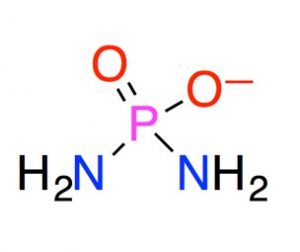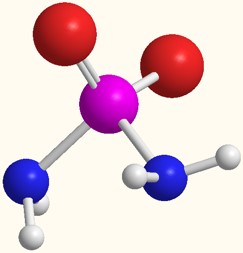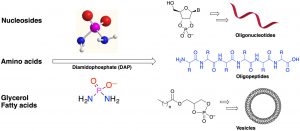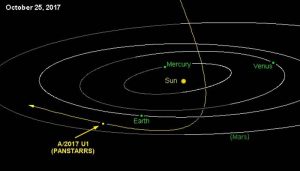Ever since Charles Darwin’s ‘On the Origin of Species’ had demonstrated that all of the multiform types of living creatures here on Earth had evolved over millions of years from a single primitive type of life scientists have sought to understand how that first living thing came into being. Much has been learned in the last 150 years but many of the details of the chemistry involved in the development of a complex, self-replicating molecular system, i.e. a simple living cell, are still unknown.
Now researchers at The Scripps Research Institute (TSRI) have published a paper in which they claim to have found a chemical compound that played a key role in assembling short nucleotide chains (early genetic material) with peptide chains (short version of proteins) encapsulated in a lipid vesicles (early cell walls). Finding a catalyst that could combine these three distinct types of chemicals, and which could have existed on the primitive Earth has been a goal of ‘Origins of Life’ researchers for the past several decades.
The scientists at Scripps have given their compound the name diamidophosphate or DAP for short and have published their results in the journal ‘Nature Chemistry’. The figure below shows the chemical diagram and the structure of DAP.


According to lead researcher Doctor Ramanarayanan Krishnamurthy DAP “would have allowed other chemistries that were not possible before, potentially leading to the first simple, cell based living entities.” “With DAP and water and these mild conditions, you can get these three important classes of pre-biological molecules to come together and be transformed, creating the opportunity for them to interact together, ” Krishnamurthy said. The image below shows DAP and the three classes of chemicals needed to build a simple cell.

Whether or not DAP was THE chemical catalyst that enabled the formation of the first living cell will be difficult to prove four billion years after the fact but Dr. Krishnamurthy and his co-authors intend to continue their study of DAP and other phosphorylating compounds. If you’d like to read the press release put out by the Scripps Institute click on the link below.
https://www.scripps.edu/news/press/2017/20171106krishnamurthy.html
Before I go I’d like to take a moment to update one of my posts of just last week (4Nov17) about the interstellar visitor that entered our solar system and is now on its way back into the void between the stars. Well A/2017 U1 has been given the new name of 1I Oumuamua. The 1I indicates that it is the first interstellar object ever discovered while Oumuamua is a Hawaiian word meaning scout or Messenger. 1I Oumuamua was discovered by the Pan-STARRS telescope in Hawaii after all. The image below shows Oumuamua’s path through our solar system.

More importantly a group of Astronomers are preparing a paper in which they give their estimate as to the place of origin of Oumuamua along with how long it took to reach our solar system. Working backward along the trajectory of Oumuamua Eric Gaidos and Jonathan P. Williams of the University of Hawaii along with Adam Kraus of the University of Texas are of the opinion that Oumuamua originated in the Carina and Columba Associations, clusters of young stars at a distance of 215 to 365 light years. (Carina and Columba are constellations in the southern sky).
Current research estimates that the Carina and Columba Associations were an active star-forming region about 45 million years ago. If Oumuamua had been thrown out of a newly forming solar system in the direction of our Sun at a velocity of 1-2 kilometers per second it could just now be arriving in our solar system!
Even though Oumuamua was only near enough for us to study it for about a month we have already learned a great deal from it. This is only the start, in the years to come I have no doubt that we’ll be learning a great deal more.
